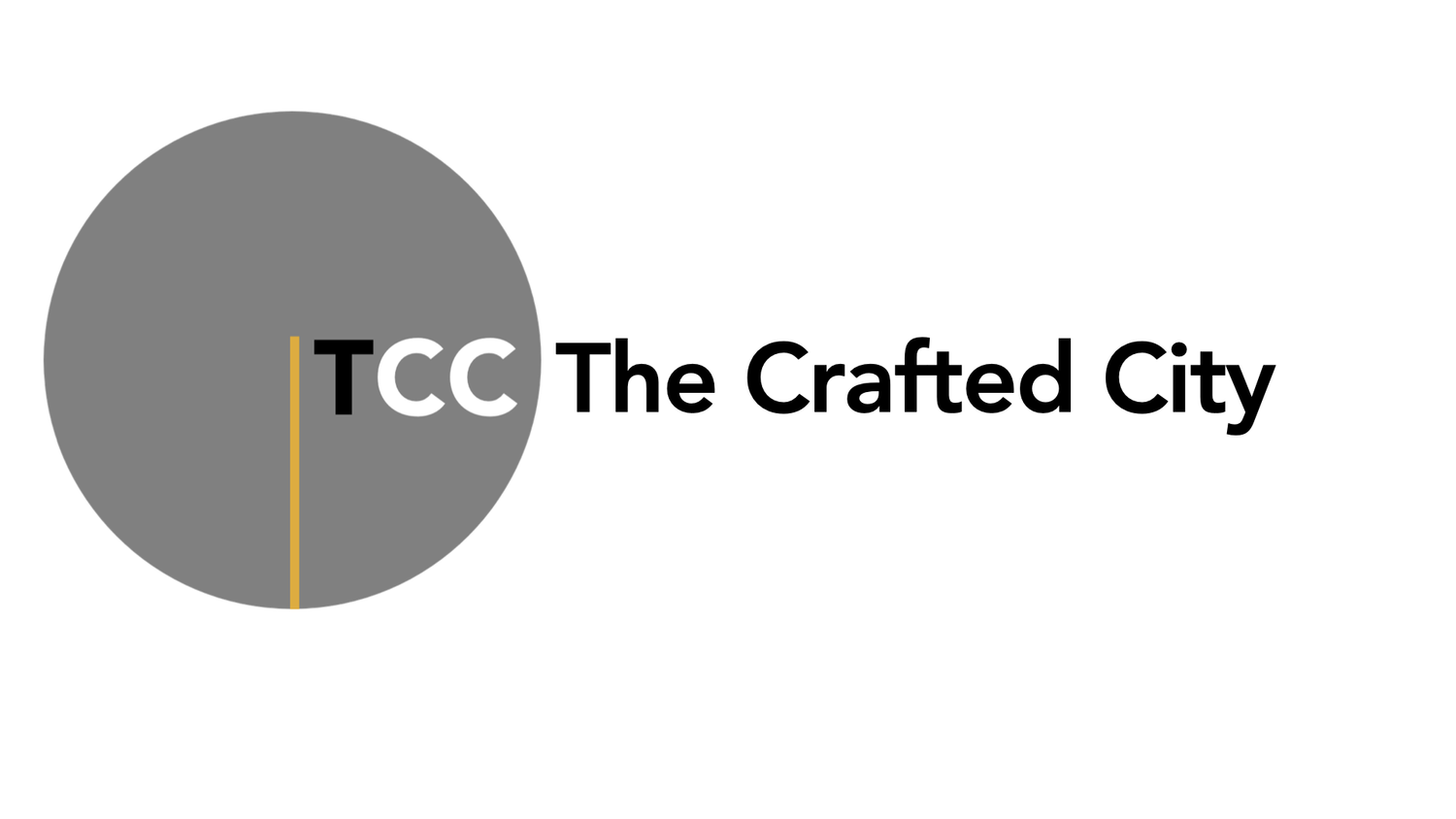THE DISAPPOINTMENTS ON THE WAY TOWARDS DENSITY
Del Mar Station Pasadena CA - Image by Doug Joyce
26 June 2016
Bringing density back in to city making has been back in vogue for awhile with the reintroduction of the 'Transit Oriented District'. This hasn't been without its disappointments.
As transit lines have been surgically placed back in to urban areas, it's also being justified and strengthened by new development, dense and mixed in its use. All for the purpose of cutting back on vehicle traffic, and to bring forth the communal virtues of a great city. To some, the results are questionable and disappointing- in developments near where I live here in Southern California, the developments have been accompanied by greatly increased vehicle traffic, transit use is doing OK, and many times walking districts have turned out to be a disappointment.
The money spent on the transit infrastructure and the model for density is now being greatly discredited by an increasing portion of the media and the public- while expending very little effort as to why this model isn't working to expectation. Unfortunately, density proponents are pitching a 'glass half empty' (learn to sacrifice!) approach to teach the public how to live in these places.
Let's go back and remember that we were doing this stuff to make people's lives better; the premise of increased density is based on the fact that if things are closer (and closer together), then the effort to take part in those things should be easier. Why drive for fifteen minutes, when you can walk for five?
What is forgotten is that the success (or failure) of these places are based on a thousand tiny details.
Some of these details are:
Walking experience that is completely thought through, providing a pleasant and safe experience to someone on foot
Availability of easy to use services, especially for those on foot
Superior mobility experiences beyond the use of motor vehicles
Provide centralized parking, but diminish its importance in planning new urban developments
Design to fully exploit and support the public realm, graceful and well designed transition spaces, and support an accommodating private spaces
Simplify legalistic zoning and planning processes that are ill-equipped to provide the level of design nuance required to make these developments more accommodating, and easier to use.
Consideration of personal transportation issues is not the only thing-- delivery of goods and services must be carefully conceived and implemented
New transit systems design needs be better-'if we build it, they will come' by itself doesn't cut it.
More attention needs to be paid to 'Last Mile' logistics, not just at the residential side, but on the employment and commercial destination side
The quality quality of TOD projects in general isn't what it should be.
Land deals and legal entitlements overwhelm the quality of design. These 'making life easier' details listed above become afterthoughts because of this.
The results of all of this is that these projects simply end up fulfilling a need for housing (and that's a real need!) without doing the rest of the design and the homework to make the shift. The folks will still bring in their cars, and conduct their lives with cars for transport to work, to the store, to a Restuarant, to see friends, and most of the other things that they do, even though they are right by a transit stop for some things and within easy walking for other. Because that is still the easiest way.
We now experience these efforts at density as severely traffic impacted, missing the sustainability features that were promised. Public opinion is slowly turning against these projects because of these broken promises. Yet the basic premise for these kinds of interventions and Capitol expenditures is still sound. Unfortunately, if we refuse to confront the way we do these projects, favoring the crass and legalistic over the well considered design, then the promise of transit and density will remain an unfulfilled dream. If we just do land deals and provide up zoning without understanding and providing for how to make things easier for people that live in these areas, these projects will provide as many problems as solutions.

